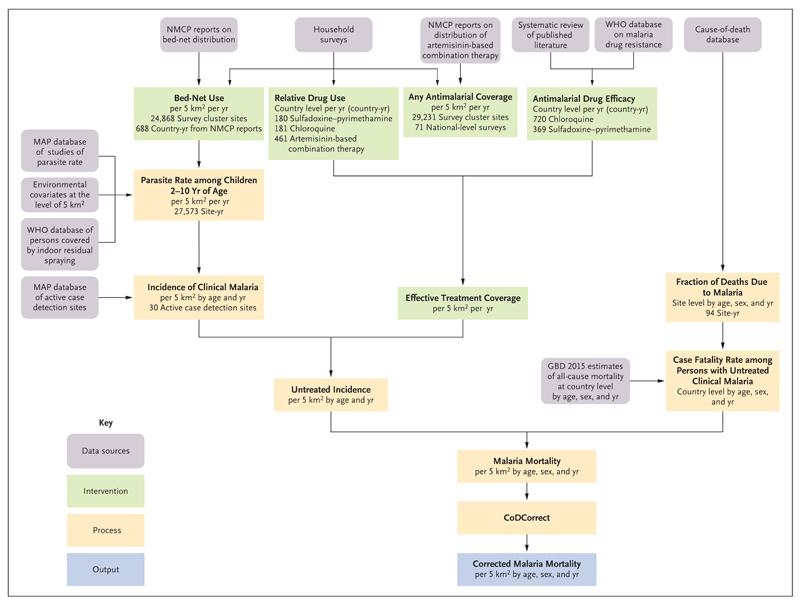Figure 1. Main Components of the Modeling Framework for Estimating Malaria Mortality.
The use of insecticide-treated bed nets was defined as the proportion of people sleeping under such a net during the previous night. Relative drug use was defined as the relative proportion of patients with malaria who were treated with chloroquine, sulfadoxine–pyrimethamine, or artemisinin-based combination therapy (the values in the figure indicate the number of country-years of data per drug). Any antimalarial coverage was defined as the fraction of all patients who were treated with any antimalarial drug. Antimalarial drug efficacy was defined as the fraction of the time that treatment was effective; artemisinin-based combination therapy was assumed to be 100% efficacious (the values in the figure indicate the number of country-years of data per drug). Incidence of clinical malaria was defined as cases per person per year, according to age and year at the level of a 5-km2 grid. Effective treatment coverage was defined as the fraction of malaria cases that were effectively treated. Untreated incidence was defined as the rate of untreated or ineffectively treated cases of malaria. CoDCorrect is the Global Burden of Disease Study (GBD) algorithm that standardizes estimates of cause-specific mortality (including from malaria) to match estimates of all-cause mortality. MAP denotes Malaria Atlas Project, NMCP National Malaria Control Program, and WHO World Health Organization.

